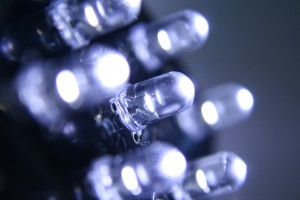 Lighting is responsible for a large amount of unnecessary wasted energy and the release of potent greenhouse gas carbon dioxide into the atmosphere. Although many people have chosen to switch from incandescent to florescent lighting, this has a number of disadvantages. By learning more about how the use of commercial LED lighting can reduce your company’s carbon footprint and energy costs, you can also do your part to help reduce global warming .
Lighting is responsible for a large amount of unnecessary wasted energy and the release of potent greenhouse gas carbon dioxide into the atmosphere. Although many people have chosen to switch from incandescent to florescent lighting, this has a number of disadvantages. By learning more about how the use of commercial LED lighting can reduce your company’s carbon footprint and energy costs, you can also do your part to help reduce global warming .
Lighting is Responsible for A Significant Percentage of Energy Usage
According to the U.S Energy Information Administration, “EIA estimates that in 2011, about 461 billion kilowatt-hours (kWh) of electricity were used for lighting by the residential and commercial sectors.” This was equal to about 17% of the total electricity consumed by both of these sectors and about 12% of total U.S. electricity consumption. Since commercial LED lighting is 50-90% more efficient than traditional lighting, its installation can greatly reduce your respective carbon footprint.
Fluorescent Lights Contain Mercury
Each fluorescent light bulb contains about 5 milligrams of Mercury, a potent neurotoxin that can cause brain and kidney damage. Although this amount may seem small, that actually enough Mercury to contaminate approximately 3,000 gallons of drinking water. Besides the obvious threat of contaminating your business and employees, this presents a complex waste disposal problem for when the light bulbs burn out, in case of which the average consumer will just throw the bulb away in the trash. LED Lighting is non-toxic and up to three times more efficient than a fluorescent equivalent.
Be sure to contact us at Relumination if you have any questions about reducing your commercial carbon footprint with LED and other energy efficient lighting solutions.
